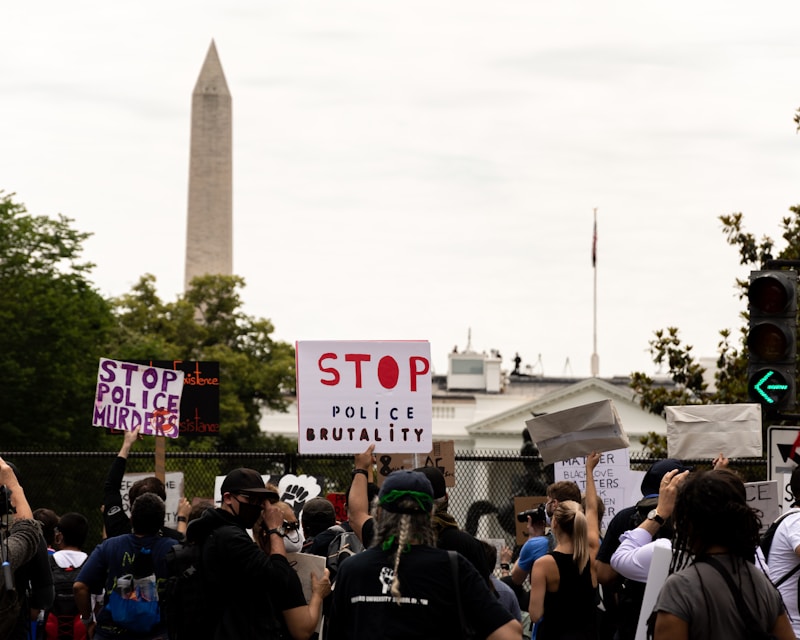Questions and Answers
Who were some of the leaders of the rebellion in 1857?
Bahadur Shah Zafar, Hindu and Muslim warriors, traders, and peasants
What was the immediate trigger for the mutiny in Meerut in 1857?
Being asked to use cartridges greased with animal fat
How did the British government respond to the rebellion in India?
By deploying reinforcements to suppress the rebellion
What was the outcome of the conflict between the British forces and the rebels during the rebellion?
Signup and view all the answers
What significant legislative action followed the suppression of the rebellion in 1857?
Signup and view all the answers
Study Notes
The First War of Independence: A Pivotal Moment in Indian History (1857)
In the complex tapestry of India's past, the First War of Independence, known as the Sepoy Mutiny or Indian Rebellion of 1857, stands as a pivotal event. This period, lasting roughly from May to November 1857, challenged one of the most consequential chapters of British colonization in India—the East India Company's rule.
To grasp the significance of this conflict, we must first consider the context in which it unfolded:
British Rule in India
The British East India Company arrived in India in the early 17th century, mainly for trade purposes, but soon became embroiled in regional politics, aggressively expanding their sphere of influence. By the mid-19th century, the company had annexed vast tracts of India and established its supremacy on the subcontinent.
Causes of the Sepoy Mutiny
Several factors fueled the rebellion, including the East India Company's policy of recruiting Indian soldiers, known as sepoys, into the British Indian Army. The sepoys were required to adopt the Enfield Pepperbox P53 rifles, which were coated with pork and beef fat—substances that contravened Hindu and Muslim dietary laws. Reports of the bullets' grease, combined with concern over the permanence of the company's rule, led to the dissent among the sepoys.
In addition to religious and economic concerns, sepoys were subjected to flogging and harsh discipline. The sepoys of Meerut, a garrison town near Delhi, mutinied on May 10, 1857, when they were ordered to bite the bullet cartridges. Numerous other military units and civilians joined the rebellion over subsequent months.
The Rebellion's Spread
The rebellion spread quickly from the Northwest Provinces to Awadh, Punjab, Central India, and the Gangetic Doab, affecting a vast expanse of India. The rebellion's leaders included Bahadur Shah Zafar, the last Mughal emperor, as well as Hindu and Muslim warriors, traders, and peasants.
British Response
The British government, led by Lord Canning, rushed reinforcements to India to quell the rebellion. The conflict raged on for several months, with the British forces suffering heavy casualties and the rebels, lacking centralized leadership and unity, eventually failing to maintain control.
Aftermath and Consequences
Following the suppression of the rebellion, the British government passed the Government of India Act (1858), which abolished the East India Company's rule and transferred its territories to the British Crown. Queen Victoria assumed the title of Empress of India, and direct rule by the British government ensued.
In retrospect, the First War of Independence of 1857 was a watershed moment in Indian history, leading to the formal end of the East India Company's rule and the eventual creation of British India. The conflict marked a pivotal juncture, a moment when Indian nationalists began to bond and articulate a vision for an independent India. The rebellion established a precedent for the continued struggle for freedom that would ultimately lead to the formation of the independent state of India and Pakistan in 1947.
Studying That Suits You
Use AI to generate personalized quizzes and flashcards to suit your learning preferences.
Description
Explore the pivotal event of the First War of Independence in India, also known as the Sepoy Mutiny, which challenged British colonization under the East India Company's rule. Learn about the causes, spread, British response, aftermath, and long-term consequences of this significant historical moment.




